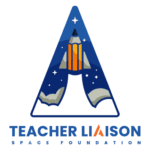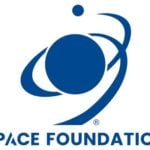Education
Educators from Adams State University Attend Two Space Across the Curriculum Courses
Written by: developer
A group of nearly 40 educators from Adams State University, part of a grant program dealing with English Language Learners (ELL) education, traveled to the Space Foundation Discovery Center in June to attend two Space Across the Curriculum teacher professional development courses.
The intensive week-long graduate-level courses for PreK-12 educators provide space-related science, technology, engineering and mathematics (STEM) content that is instantly transferable to the classroom. All courses are hands-on and focus on national standards and STEM principles. Although the underlying concentration is on STEM, the courses are structured to adapt lessons to all grade levels and all curriculum areas. Participants do not need to be science or math teachers, and public, private and home school teachers from around the globe are welcome.
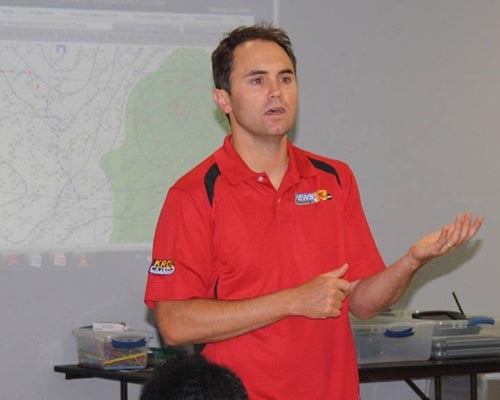 Meteorology and Space Weather
Meteorology and Space Weather
The course Meteorology and Space Weather is designed to use hands-on lessons to help teachers examine the different areas of meteorology and how to incorporate them into the classroom. The week, which covered topics such as clouds, atmospheric pressure, satellites and weather radar, included a presentation by Matt Meister (pictured left), chief meteorologist for KRDO-TV, Colorado Springs, and a trip to the National Oceanic and Atmospheric Administration (NOAA) in Boulder, Colo.
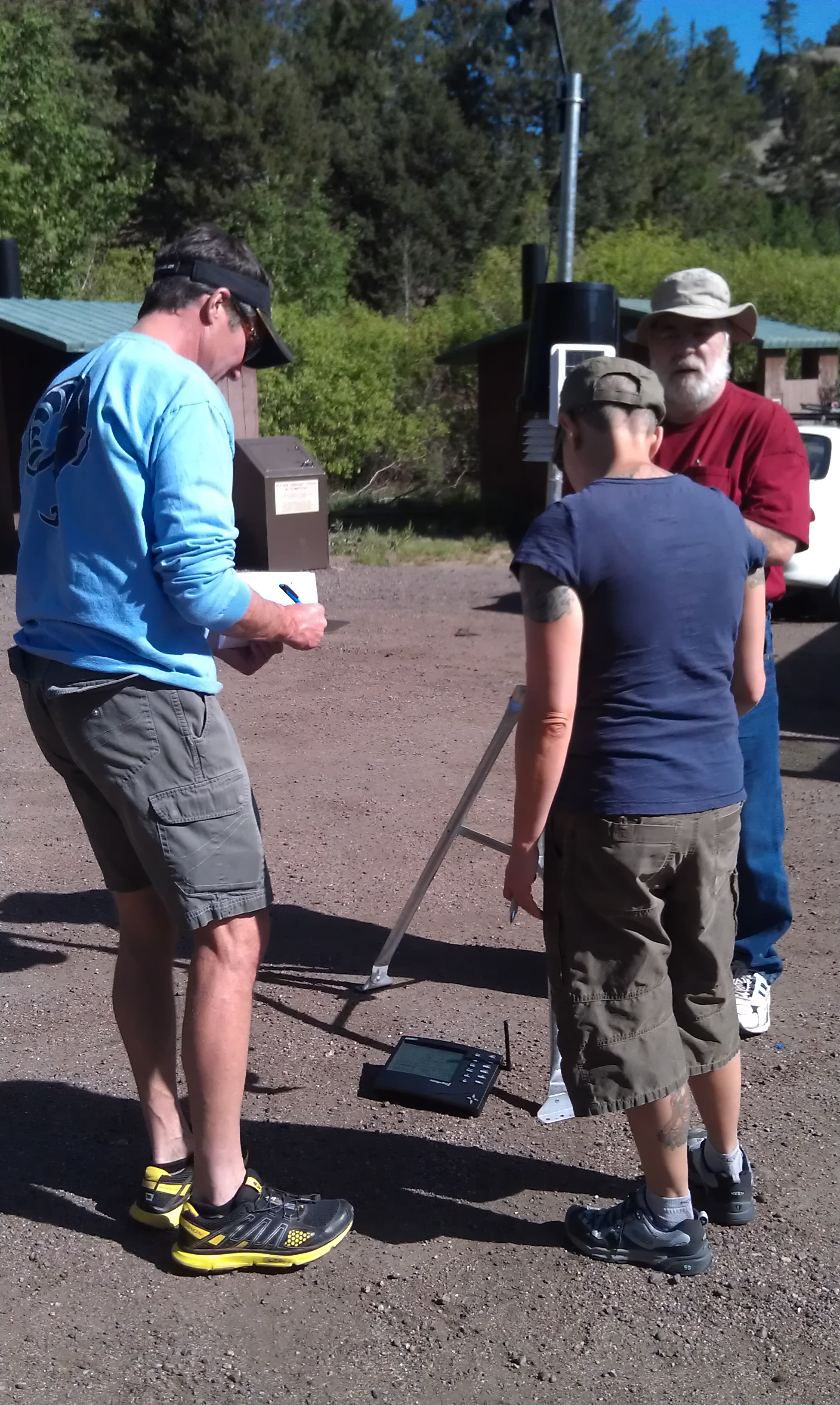 Biological and Physical Research: Long-Term Space Travel
Biological and Physical Research: Long-Term Space Travel
Focusing on the effects of space travel on the human body, this course explores the effects of microgravity and the dangers of space exploration. The teachers took part in a pool simulation that helps them understand how the human body reacts to microgravity. The highlight of the week was a field trip up to the summit of Pikes Peak, a 14,110 foot peak west of Colorado Springs, nicknamed “America’s Mountain.” The group made several stops during the ascent to take scientific readings and collect data. Physiological readings such as blood pressure and heart rate were recorded to understand the effect of elevation change on the human body. Environmental readings such as wind, solar, temperature and water ph levels were collected also.
To find out more about our Space Across the Curriculum courses for PreK-12 teachers, click here.
Pictured above, right: Class participants used scientific equipment to collect solar and wind data.
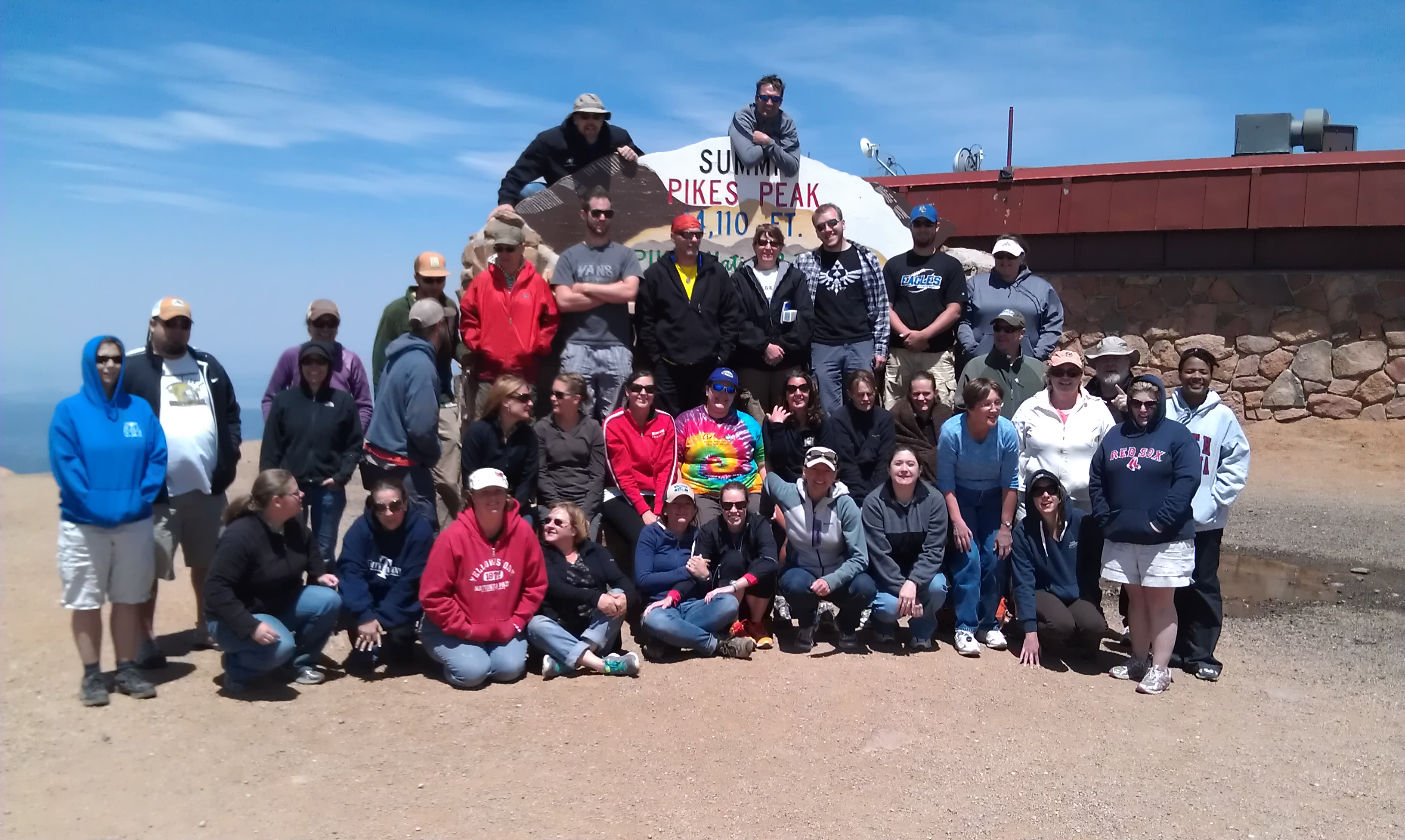
Pictured: Educators attending Space Across the Curriculum classes in June gathered at the summit of Pikes Peak for a picture.
This article is part of Space Watch: July 2013 (Volume: 12, Issue: 7).

